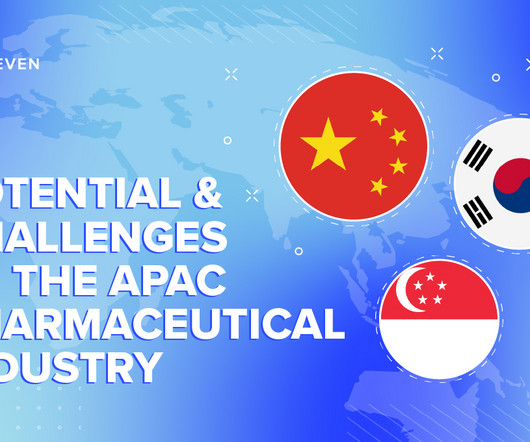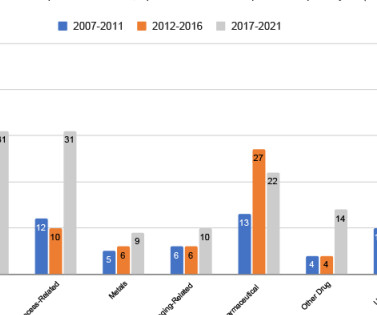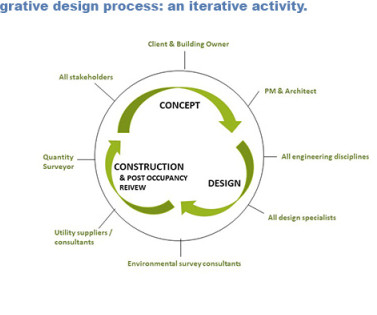Potential and Challenges of the APAC Pharmaceutical Industry
Viseven
JUNE 12, 2023
from 2022 to 2027. Though South Korea is the third largest biopharma innovation hub, Suyoung admits that local pharma companies have low HCP engagement rates because marketers still use traditional methods of communication such as email, phone calls, and face-to-face visits. And it makes sense.











Let's personalize your content